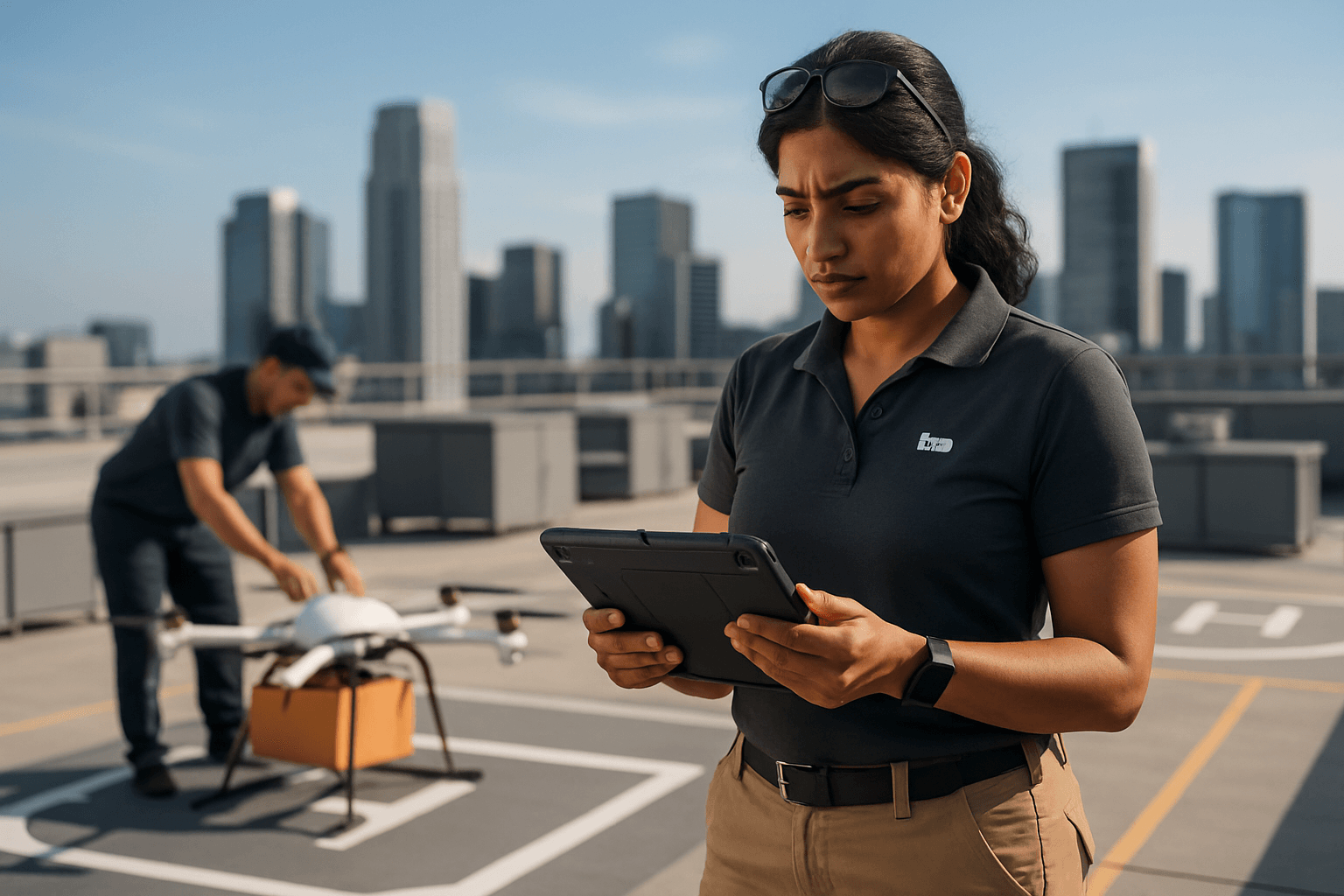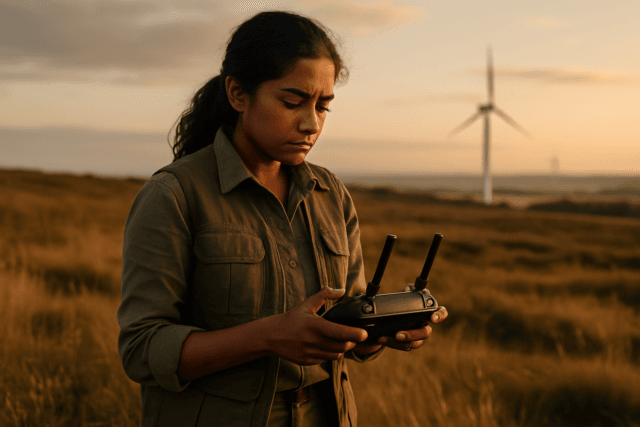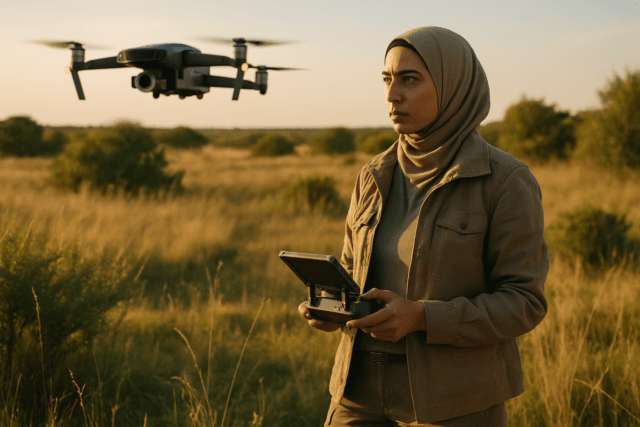The concept of last-mile drone delivery, once a futuristic vision, is rapidly transforming the logistics landscape, promising unprecedented speed, efficiency, and environmental benefits. However, turning this promise into widespread reality requires navigating a complex web of challenges, from stringent regulations to public acceptance and technological integration. For businesses looking to leverage Unmanned Aerial Vehicles (UAVs) for the final leg of their supply chain, understanding and implementing best practices is paramount to ensuring safe, reliable, and scalable operations.
Achieving successful and sustainable last-mile drone delivery hinges on a multi-faceted approach that addresses regulatory compliance, safety, operational efficiency, technology, infrastructure, and public engagement.
Navigating Regulatory Compliance and Airspace Management
Adhering to evolving aviation regulations is the foundational best practice for any drone delivery operation. Different countries and regions have varying frameworks, but key themes include pilot certification, aircraft registration, and operational limitations.
Understanding Certification and Licensing
Operators must obtain the necessary certifications, such as a Remote Pilot Certificate in the U.S., by passing an aeronautical knowledge test. All commercial drones must be registered with the relevant aviation authorities. In the U.S., companies aiming for autonomous last-mile delivery will often need to pursue a Part 135 certification from the FAA, a comprehensive process that includes multiple phases and may require waivers for operations like Beyond Visual Line of Sight (BVLOS).
Adhering to Airspace Restrictions and BVLOS Operations
Current regulations often limit drones to operating within visual line of sight (VLOS) and below 400 feet above ground level (AGL). However, last-mile delivery inherently requires BVLOS capabilities. Regulatory bodies are working on establishing clear processes for BVLOS operations, which often involve specific flight regions, pre-designated launch locations, and robust communication plans. The European Union Aviation Safety Agency (EASA) has also published regulatory frameworks for drone services in urban areas, including parcel delivery.
Managing Noise and Environmental Impact
Drone noise is a significant concern for communities. Best practices include undertaking independent noise measurements, engaging with local authorities, and implementing noise abatement strategies. Electric drones offer a more sustainable alternative by producing lower carbon emissions and using up to 94% less energy per package compared to traditional vehicles.
Prioritizing Safety and Risk Management
Safety is paramount in drone delivery to protect people, property, and the integrity of the airspace.
Implementing Robust Safety Protocols
Drone operators must adhere to strict safety protocols, including pre-flight inspections and maintaining safe distances from people and property. This also involves having documented practices and procedures that satisfy safety requirements.
Employing Advanced Collision Avoidance Systems
Sophisticated collision avoidance systems are crucial. Drones should be equipped with advanced sensors, radar, lidar, and real-time data analysis to detect obstacles and adjust flight paths, preventing accidents with other aircraft or objects.
Developing Comprehensive Emergency Response Plans
Operators need to be prepared for unpredictable weather, equipment malfunctions, or congested airspace. An essential best practice is to have an emergency response plan that includes maintaining drone control, directing it to a safe landing spot, and bringing it to the ground safely.
Optimizing Operational Efficiency and Technology Integration
Efficiency is key to the economic viability of drone delivery.
Leveraging Automation and AI
Automation is essential for scalability, allowing thousands of drones to operate with minimal human intervention. Artificial Intelligence (AI) driven decision-making, combined with IoT-supported real-time monitoring, improves predictive analytics, dynamic routing, and fleet management.
Implementing Unmanned Aircraft System Traffic Management (UTM)
UTM systems are critical for managing multiple drones operating under BVLOS regulations in low-altitude airspace. These systems will enable cooperative interaction between drone operators to keep drones safely separated from both other drones and crewed aircraft.
Strategic Route Optimization
Optimizing delivery routes is vital for efficiency and cost-effectiveness. Drones bypass ground traffic, offering direct aerial routes that can significantly reduce delivery times, especially in urban areas. Research indicates that collaborative algorithms involving drones and ground vehicles can reduce total delivery time and transportation costs.
Addressing Payload and Range Limitations
While drones are highly efficient for small, lightweight packages, payload capacity and battery life remain limitations. Companies must select appropriate drone types for specific package sizes and integrate battery charging facilities into their infrastructure.
Developing Robust Infrastructure
Dedicated infrastructure is necessary to support widespread drone delivery operations.
Establishing Launch and Landing Facilities
This includes dedicated pads for loading, take-off, and landing, as well as charging facilities. Control facilities for drone operations do not need to be co-located with other delivery infrastructure.
Integrating with Existing Logistics Networks
Drone delivery should integrate, replace, or coexist with other last-mile delivery methods. This might involve hybrid frameworks that combine drones with ground robots and conventional vehicles to reduce energy expenditure and increase delivery range.
Planning for Scalability
Initial setup costs for drone infrastructure can be high, requiring significant investment in launch pads, charging stations, and operational spaces. Planning should consider future growth and the ability to scale operations efficiently.
Fostering Public Acceptance and Engagement
Public sentiment is crucial for the successful integration of drone delivery services into communities.
Engaging with Local Communities
Operators and local governments must inform communities about proposed drone operations. This includes clear communication about how the technology works, safety measures, and benefits. Early and broad community consultation, possibly including public meetings and media releases, is recommended.
Addressing Concerns: Privacy, Noise, and Safety
Initial public concerns often revolve around privacy, safety, and noise. However, studies in areas with active drone delivery services show a significantly positive public perception, with 87% of residents in one survey reporting positive sentiments and 89% likely to use the service. Familiarity and direct experience often improve public acceptance. Privacy concerns can be mitigated by ensuring robust data security and privacy measures.
Highlighting Benefits
Emphasizing the benefits of drone delivery, such as faster deliveries, reduced traffic congestion, lower greenhouse gas emissions, and accessibility to remote areas, can help build public support.
By systematically addressing these best practices, stakeholders can pave the way for a future where last-mile drone delivery is a seamless, safe, and integral part of the global logistics ecosystem.





